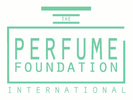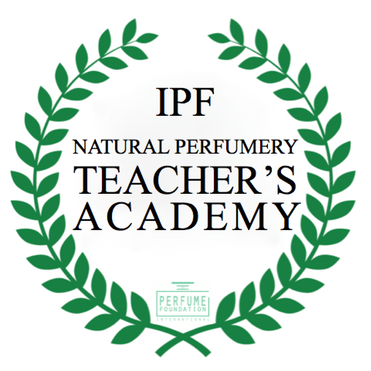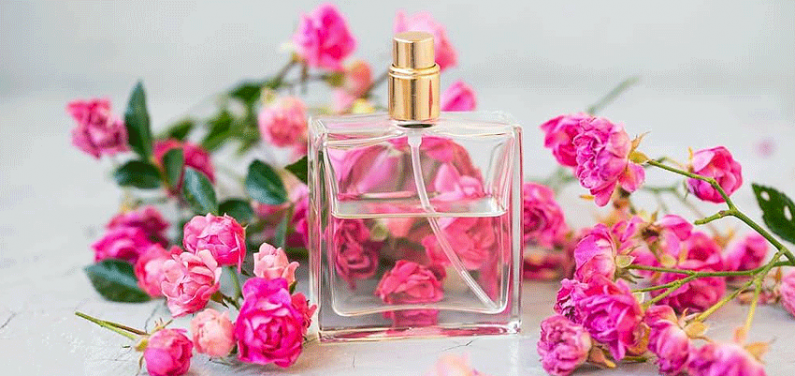|
By Creezy Courtoy, IPF Founder and Chair and Perfume Anthropologist Understanding Scent Preferences for Creating and Distributing Fragrances Distributing a perfume in several countries can be a real challenge. It can be just a failure for famous brands, but a dangerous game for small brands who can financially lose everything. In the art of fragrance creation, understanding the anthropology of perfume is essential. By delving into the diverse scent preferences shaped by culture, region, and individual sensitivities, fragrance creators can craft scents that resonate on a deeper level. The ability to influence others through the strategic use of preferred scents becomes more attainable when armed with the knowledge of anthropology of perfume. So, let's embrace the rich tapestry of scent preferences and create fragrances that captivate the senses and forge lasting connections. Men and women have long recognized the power of scents in influencing their fellow humans. While it is impossible to predict exactly how an individual will respond to a particular smell, psychologists have discovered intriguing connections between odors and memories. For example, a single floral scent can evoke memories of a crowded elevator, a funeral, an old boyfriend's excessive aftershave, or even the onset of hay fever. Despite the varying responses, scientific investigations have revealed common preferences among sexes, cultures, age groups, and personality types. By understanding these preferences, perfumers can safely select the countries where their products will be successful. Cultural Influences on Scent Preferences Cultures play a significant role in shaping scent preferences and the ways in which scents are used. Let's explore some fascinating examples: The Japanese: Perfuming Daily Life
In Japanese culture, scent has permeated almost every aspect of daily life. From personal care products to household items, the Japanese have cultivated a deep appreciation for fragrance. They even engage in games with friends and family that involve identifying various smells. Understanding the importance of scent in Japanese culture can provide valuable insights when creating fragrances for this audience. In contrast, the Anglo-Saxon approach to scent is more understated. Publicly smelling one's food or wine is considered uncouth in their culture. However, the bouquet of wine and the taste of food both heavily rely on the sense of smell. Anglo-Saxons prefer subtler scents when it comes to personal fragrance, avoiding being too "obvious." Respect for cultural norms is crucial when designing fragrances for this audience. Across different cultures, there are notable variations in scent preferences. For instance, Orientals appreciate heavy, spicy, and animalistic perfumes. Valerian root extract, which is detested by most Europeans, is favored in Oriental cultures. On the other hand, Asians may struggle to understand the Western love for pungent cheeses. Recognizing these cultural differences is essential for creating fragrances that resonate with specific target markets. Regional Influences on Fragrance Choices Apart from cultural influences, regional factors such as climate and environment also shape fragrance preferences. Northern Europeans, living in colder climates, often prefer heavier fragrances that provide warmth and comfort. In contrast, Mediterraneans are drawn to sophisticated floral scents, likely due to their love for being surrounded by flowers. Taking these climate-based preferences into account can enhance the effectiveness of fragrance creations. Universally Pleasant Smells and Aversions While there are cultural and regional variations, it is safe to say that there is a broad agreement within the human race about what smells pleasant and what doesn't. Most people appreciate flower and fruit scents, while being repulsed by foul odors such as rotten eggs, fish, or stagnant drains. Understanding these universally pleasant and unpleasant smells can guide fragrance creators in developing appealing and attractive scents. People's responses to scents can also vary based on their individual sensitivities, as well as the influence of education, societies, and marketing. Therefore, do not miss your opportunity to sell and distribute successfully your perfumes worldwide. Learn more about the Anthropology of Perfume and get ready for your perfume distribution.
2 Comments
By Terry Johnson, IPF Chair USA and Busines and Marketing Expert Competition in today’s markets has never been stronger.
Yet, I continually see examples of natural perfume and natural essence businesses that have not made many adjustments to their sales efforts to overcome the fierce competitive headwinds brought on by a deadly pandemic, numerous supply chain issues, and high inflation. These conditions have seriously changed consumer perspectives and require frequent reviews of sales and marketing strategies to reflect current realities rather than relying on consumer preferences and priorities that no longer exist. You and everyone working with you should put on their selling hats for a while and focus on how to get consumers needing to purchase your products at premium prices, not just wanting to. In the High-Value Natural Perfume consumer market, the first order of business is to identify every potential value feature of your products and incorporate those value features into selling benefits for consumers justifying premium pricing you need to charge. When consumers see something for sale that appears attractive to them, they determine the level of value that the product could provide them, and then they check the price. If the level of value is above the price, they are more likely to buy. If the level of value is below the price, they are less likely to make a purchase. Selling the value and benefits of your products greatly increases the likelihood of closing the sale profitably. Here are 7 solid tips on strengthening and updating your Natural Perfumes and Essences selling strategies:
Terry Johnson is teaching and consulting at The Natural Perfumery Teacher's Academy. If you want to learn more about Business and Marketing in the Natural Essences World, you can follow his course or contact us for consultancies. |
Archives
June 2024
Categories
All
|
- HOME
- ABOUT
- IPF CERTIFICATION
-
COURSES
-
MASTER CLASSES
- Teaching Methodology
- Natural Raw Material Extraction Methods >
- Natural Candle Making
- Healing Gardening
- Sustainable Oud MasterClass
- World Perfume History Master Class
- Scent Design and Formula Building >
- Fragrant Botany & Chemistry >
- Perfume Design, Concept and Storytelling
- French Natural Aromachology #1
- French Natural Aromachology #2
- Olfaction Training for Children
- Accords - Chypre
- Accords - White Florals 1
- Accords - Fougeres and Aromatics
- FRAGRANCE DEVELOPMENT
- SPEAKERS
- EXHIBITIONS
- Partners
- Blog
- Contact





 RSS Feed
RSS Feed
